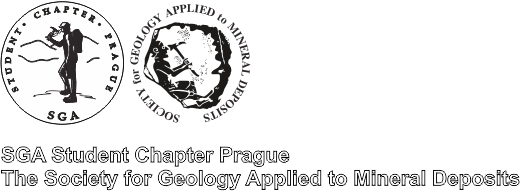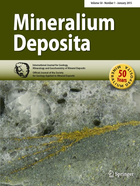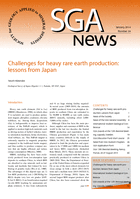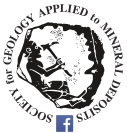Štěpán Jaroměřský; Karolína Fizková; Jan Šulc; Štěpán Dvořák; Marek Tuhý
Faculty of Science, Charles University, 128 43 Praha 2, Czech Republic; Corresponding author E-mail address: jaromers@natur.cuni.cz
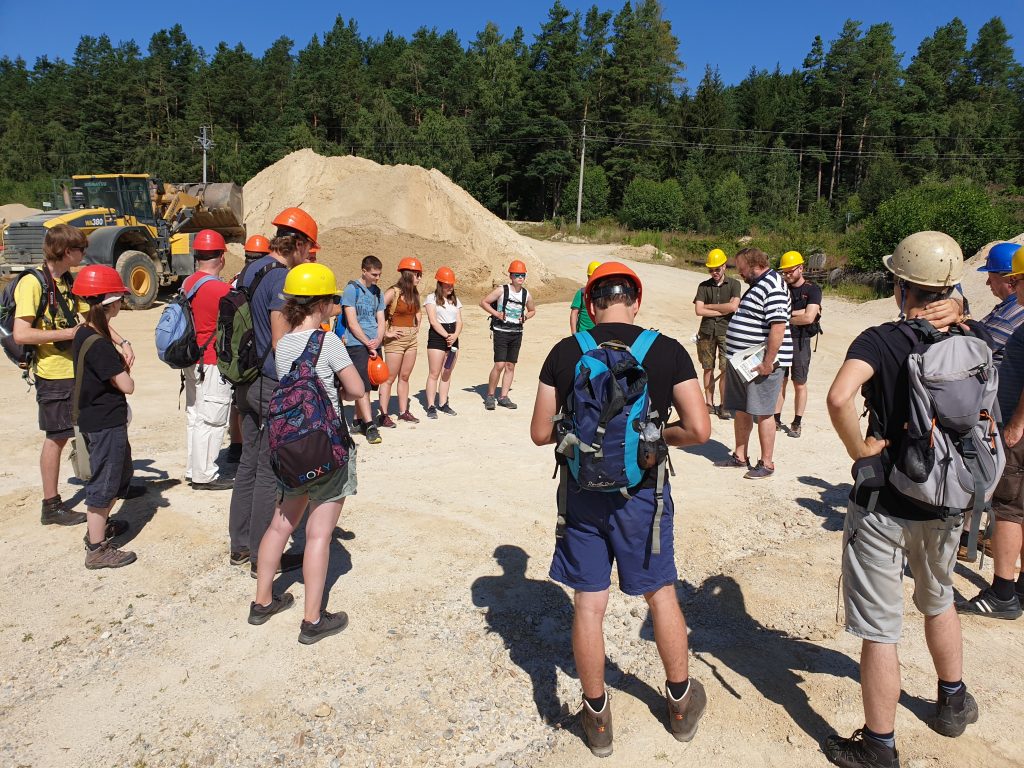
On 30th July was organized, despite some restrictions caused by the pandemic, excursion to South Bohemia. 15 Chapter members took part in this 1-day excursion. The expert interpretation was led by Mgr. Miloš Faltus, Ph.D. (Fig. 1). The aim of the excursion was to introduce the participants to the Czech rarity in the form of tectite called Moldavite. As one of the few people we were given the opportunity to look into the sand pit (Fig. 2), which is located between the village of Chlum and Ločenice. This sand pit is mainly used for sand mining, but its secondary product are the Moldavites (Fig. 3). It is the only company in the Czech Republic that has permission to officially mine and then sell Moldavites
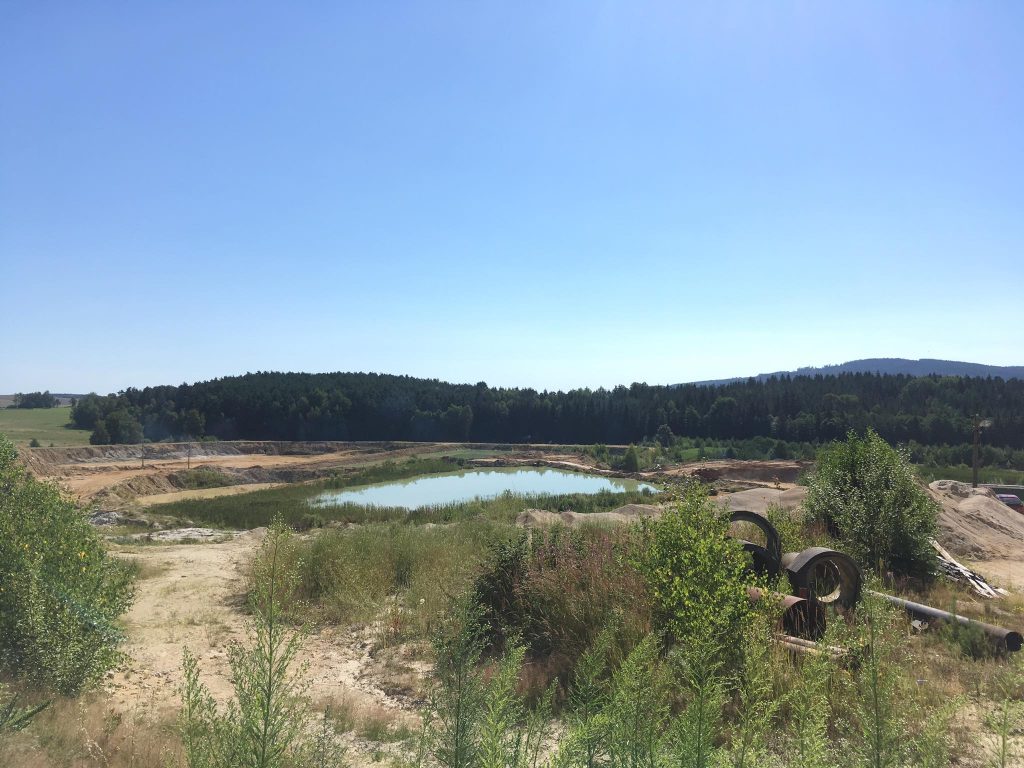
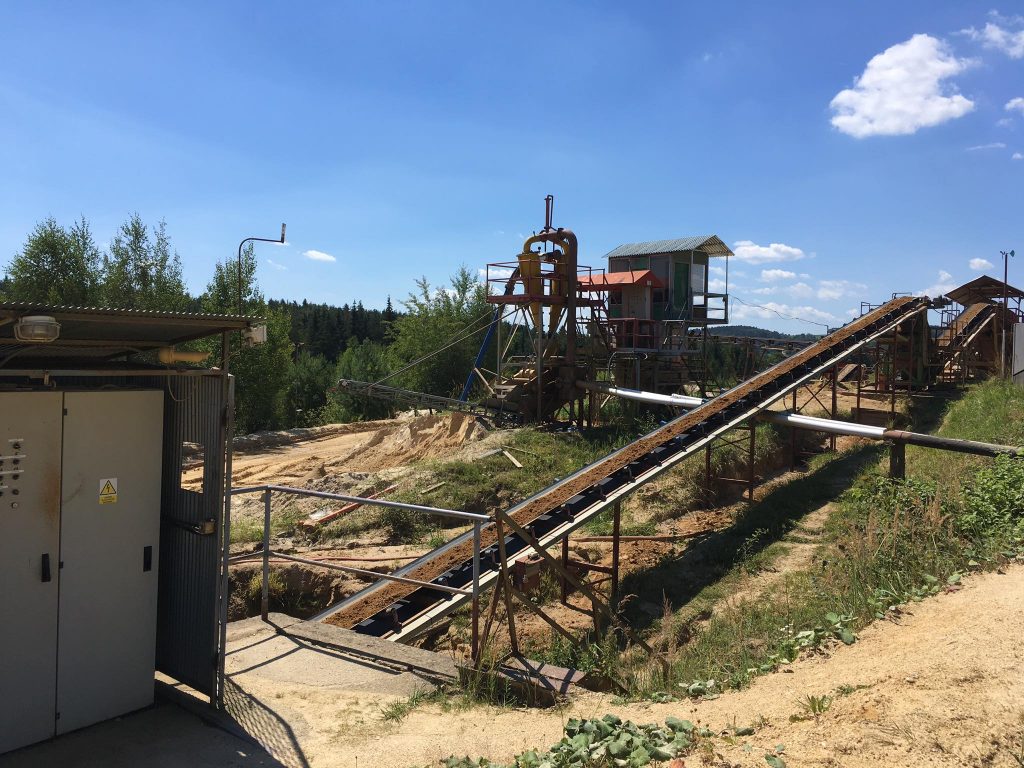
The first discovery of Moldavites was in 1787 by Dr. Josef Mayer from Charles University. He had thought of them as glass of volcanic origin. They were named after the Vltava River, around which the first findings were located. Later, the concept of Moldavite was introduced from German Moldau (Vltava). As similar glasses were later found more widely around the world, the common international name of tectite (from Greek tectose – fused) was also used for them. Generally they are vitreous bodies, which usually have dimensions of several centimeters and a weight of several units up to tens of grams. Tectites can be found all over the world, but Czech Moldavites, unlike others, have a transparent light or dark green colour.
Today, the most likely and widely accepted theory of the formation of Moldavites is considered to be the impact of a meteorite on the surface of the Earth some 14.5 million years ago. This impact occurred in the area of today’s so-called The Ries crater between Norimberk, Stuttgart and Munich. Today in the centre of this crater lies the city of Nördlingen. The Ries crater is 24 km in diameter. The meteorite impact occurred at a speed of about 20 km/s, at an impact angle of 30-50 °. During the collision with the Earth, a huge amount of energy was transferred, resulting in the crushing, melting and evaporation of rocks at the point of impact as well as a separate cosmic body. There was a cloud containing gaseous, liquid and solid phases, the main part of which was directed to the East. When the initial high temperature and pressure dropped, the silicate melt solidified so quickly that the individual mineral components did not fully crystallize to form silicate glass. This was particularly the case in the area of southern Bohemia and southern Moravia in the vicinity of Trebic. The range of the vltavins from Ries crater to southern Bohemia and southern Moravia was 200-450 km. It is estimated that the total weight of all fallen vltavins would be about 3000 tonnes.
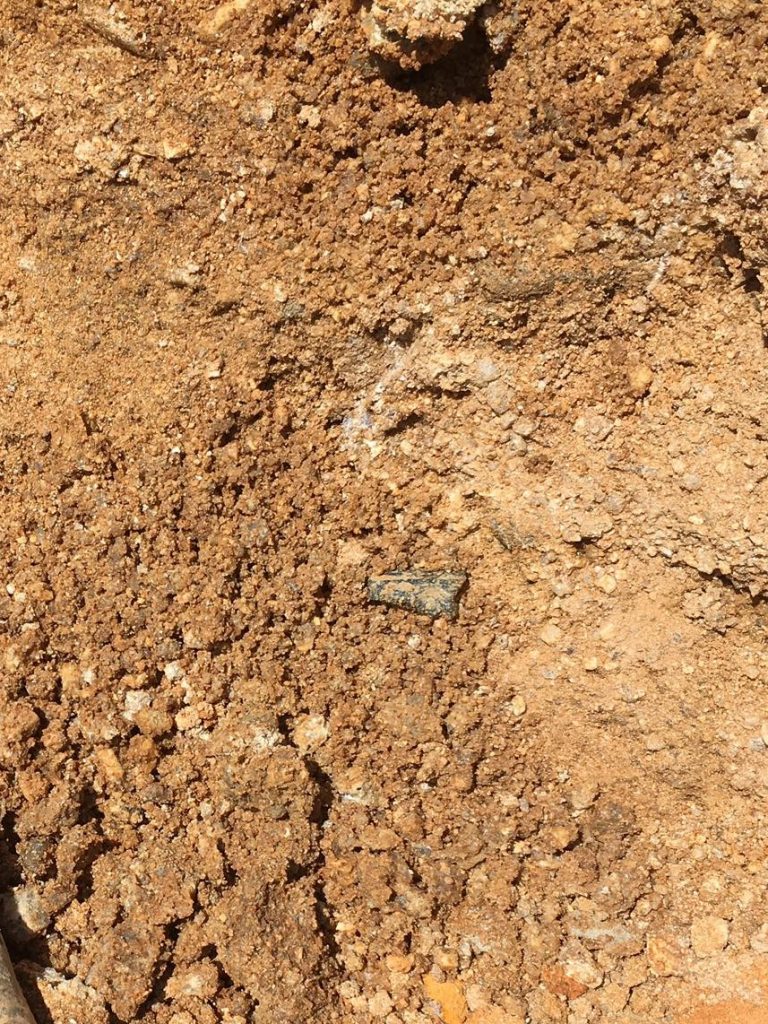
South Bohemian Moldavite is characterised by its light – dark green colour. This is different from the Moravian ones, which tend to be in brown colours. Very rarely was also discovered bicolor moldavites, probably due to the combination of two distinct moltens before impact. Chemically, it is silicate glass, except for SiO2, which is 70-80 % represented in moltens, we can find Al2O3 in the composition. MgO, CaO or Fe oxides. The hardness varies between 6 and 7 of Mohs scale
Macroscopically, they have a very peculiar appearance and they are mostly in the shape of balls, sticks, droplets, also rarely for heart or hedgehog shapes (Fig. 5). A great interest is the sculpture, which occurs mainly on the Moldavites from southern Bohemia. This is the name of the surface of the individual samples, which has been disturbed by the acids contained in the soils. These acids then stick to the surface of the Moldavite over time, resulting in a certain wrinkling of the surface, which is quite valued. Moldavites also contain a number of inclusions, which take the form of closed-gas bubbles. Because the Moldavite is chemically very close to the glass, it is sometimes difficult to distinguish the cutted Moldavite from the cutted green glass.

The sand pit, which we visited as part of our excursion, belongs geologically to the South Bohemian basins, where sedimentation began during the Cretaceous period and continued until the Tertiary. The basins are composed primarily of fluvial and lake sediments. In the visited sand pit we find Moldavites in the Domanín formation, in the Korosec series, in sands to gravel with clay inserts. Moldavites are a rare mineral, and a lot of people want them to make money. In most cases, they dig even a few meters deep pits (Fig. 6) to get into the layers that contain the Moldavites. Unfortunately, this intervention often destroys nature, natural root systems and endangers animal safety. This problem has been solved for several years and is likely to be solved by extracting all layers with Moldavite findings (except fields) followed by rehabilitation to the original natural conditions.
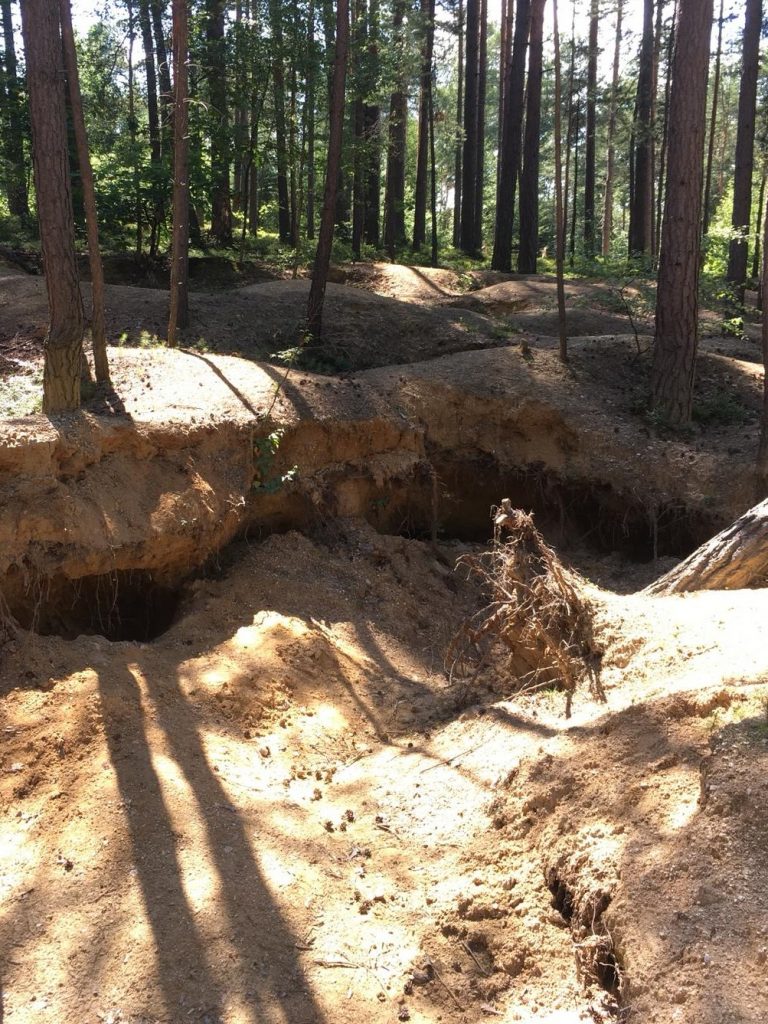
The whole excursion was a great success and we would like to thank the owner of the sand pit Ing. Viktor Weiss, who allowed us to enter the normally inaccessible area. We would also like to thank Mgr. Miloš Faltus, Ph.D., who gave us a professional lecture and last but not least, we would like to thank the entire SGA for our long-standing support and favor
- Baier, J. (2009). Zur Herkunft und Bedeutung der Ries-Auswurfprodukte für den Impakt-Mechanismus. Jahresberichte und Mitteilungen des Oberrheinischen Geologischen Vereins, 9-29.
- Baier, J. (2007). Die Auswurfprodukte des Ries-Impakts, Deutschland. Verlag Documenta Naturae.
- Vand, V. (2009). O původu tektitů a vltavínů. Pokroky matematiky, fyziky a astronomie, 54(1), 23-32.
- Řanda, Z., Mizera, J., Frána, J., & Kučera, J. (2008). Geochemical characterization of moldavites from a new locality, the Cheb Basin, Czech Republic. Meteoritics & Planetary Science, 43(3), 461-477.
- Skála, R., Strnad, L., McCammon, C., & Čada, M. (2009). Moldavites from the Cheb Basin, Czech Republic. Geochimica et Cosmochimica Acta, 73(4), 1145-1179.

